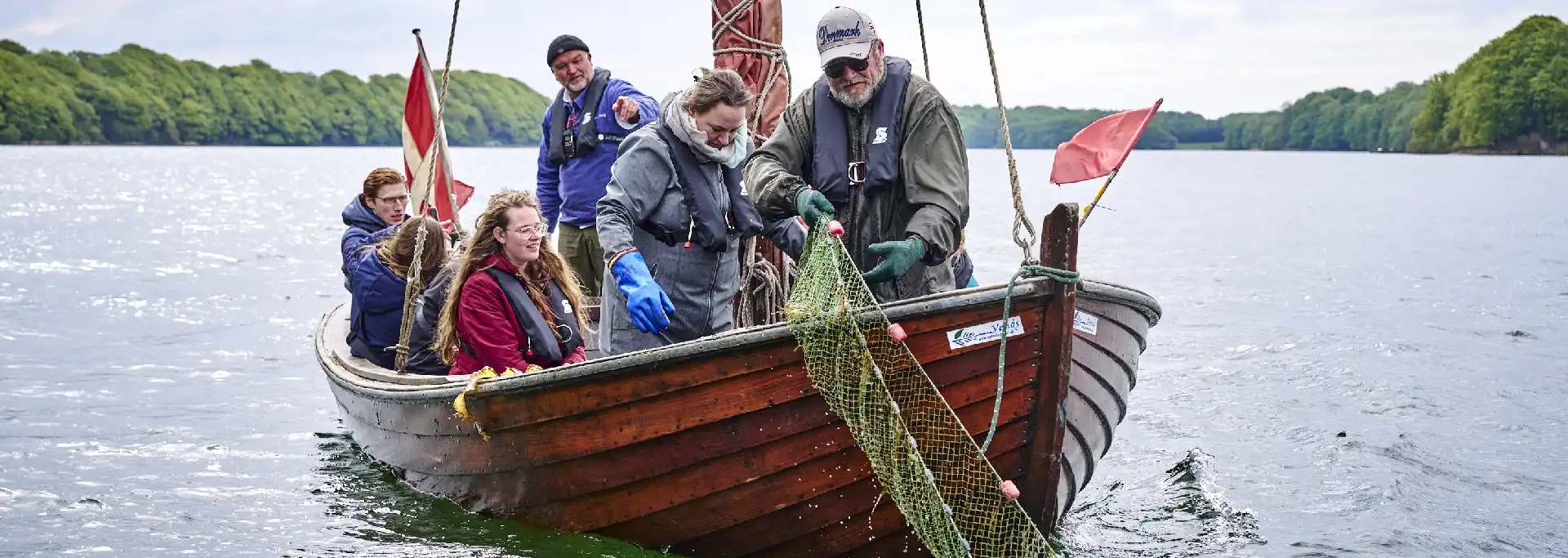
The shore crab eats everything and creates an imbalance in Lillebælt
Regulation of the crab population in Lillebælt
The regulation of the population of shore crabs in the Little Belt is primarily done through fishing and control. The many shore crabs have a negative impact on the ecosystem in Lillebælt because they consume large amounts of food in the form of fish eggs and fry. This has a negative impact on biodiversity in the Little Belt.
To keep the population down, local fishermen are encouraged to catch crabs using pots and traps. At the same time, they are experimenting with utilizing the shore crabs as a resource, for example as an ingredient in animal feed. In Denmark, we usually only eat crab claws, but in many other countries, such as Sweden, England and Italy, the whole crab is used - and it is also a delicacy in both French and Asian cuisine. That's why you should bring the crabs home so you can eat them instead of putting them back in the water.
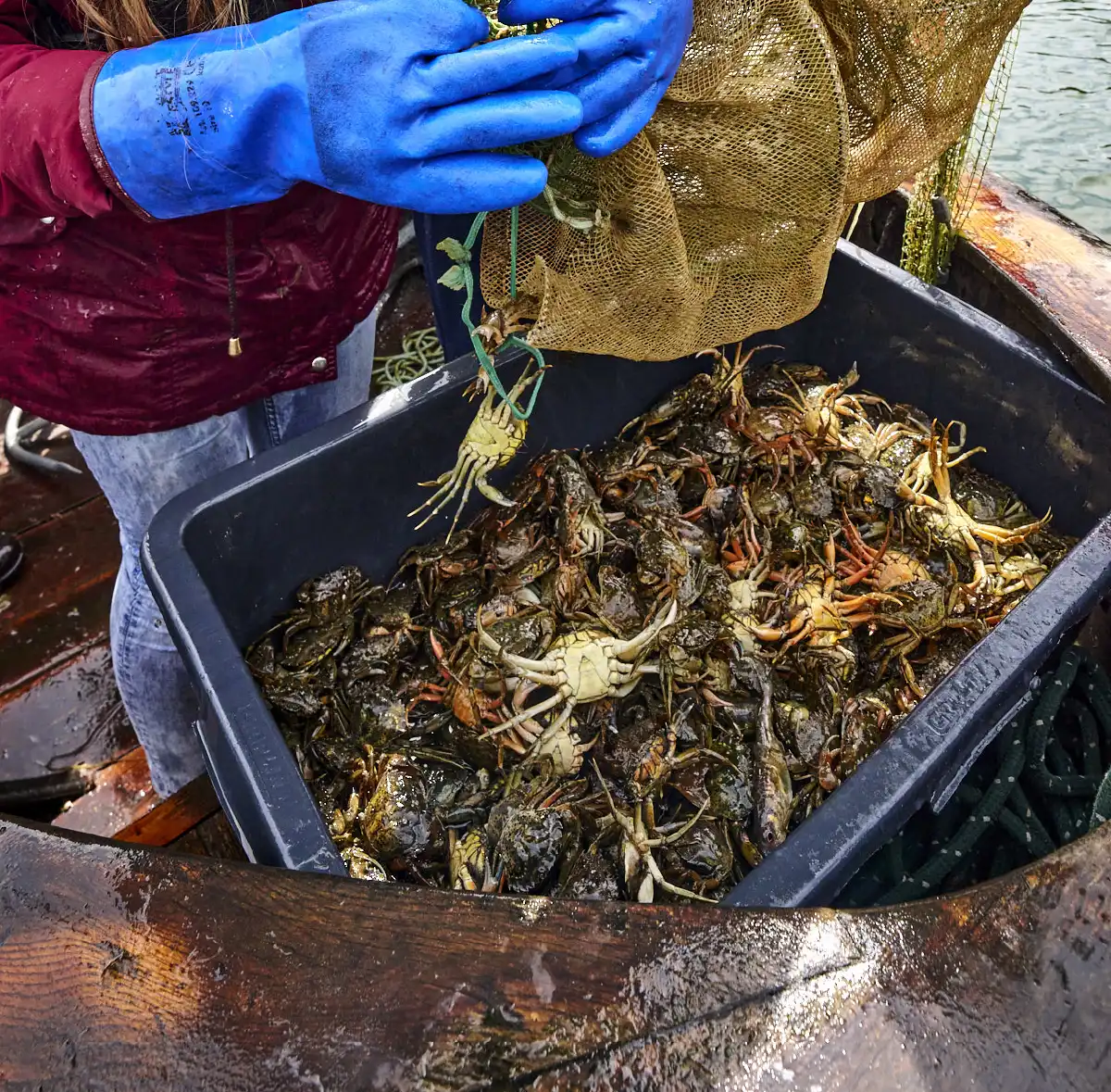
The great crab adventure
How we catch crabs
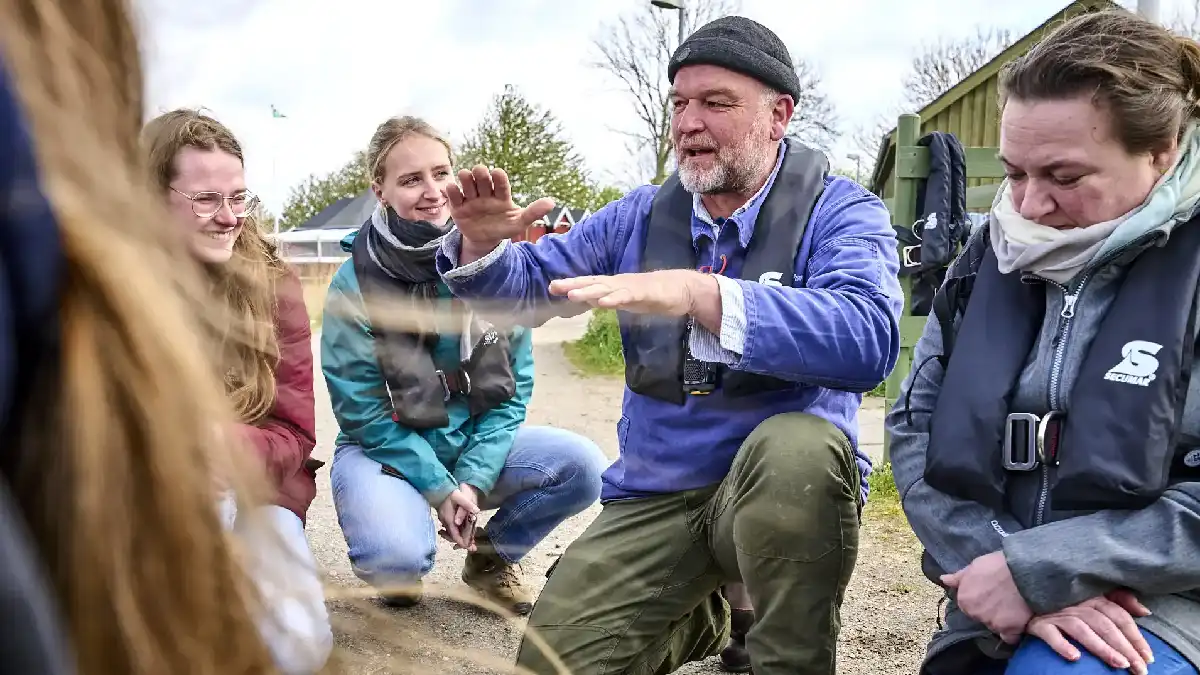
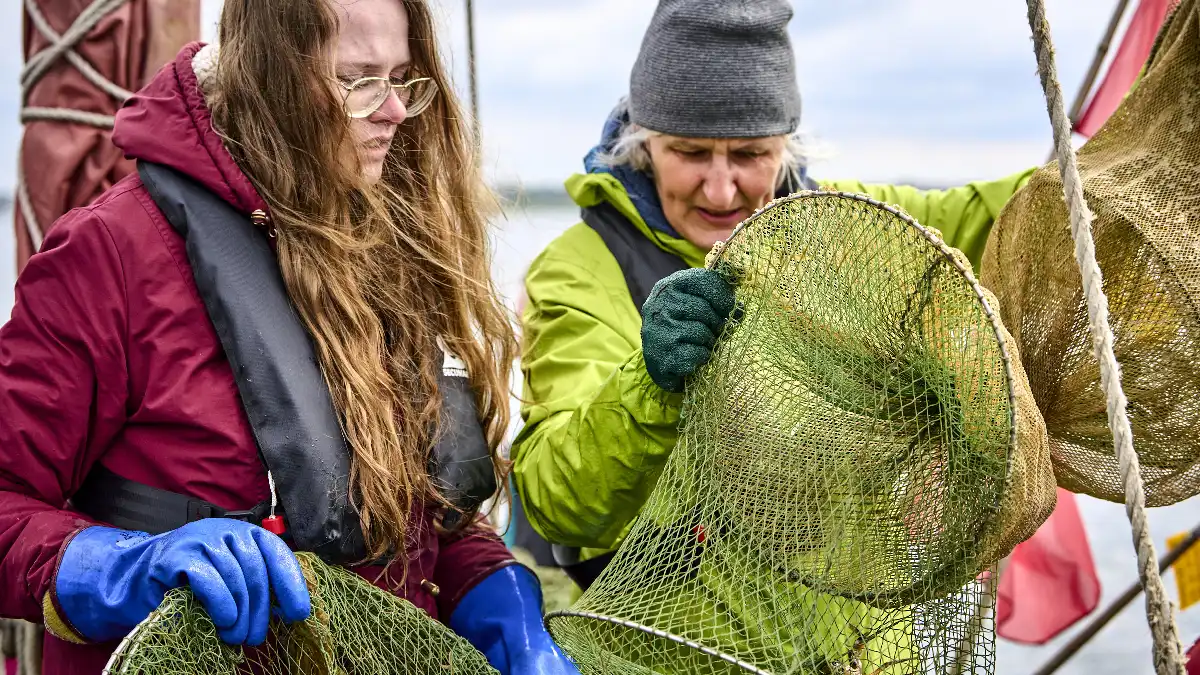
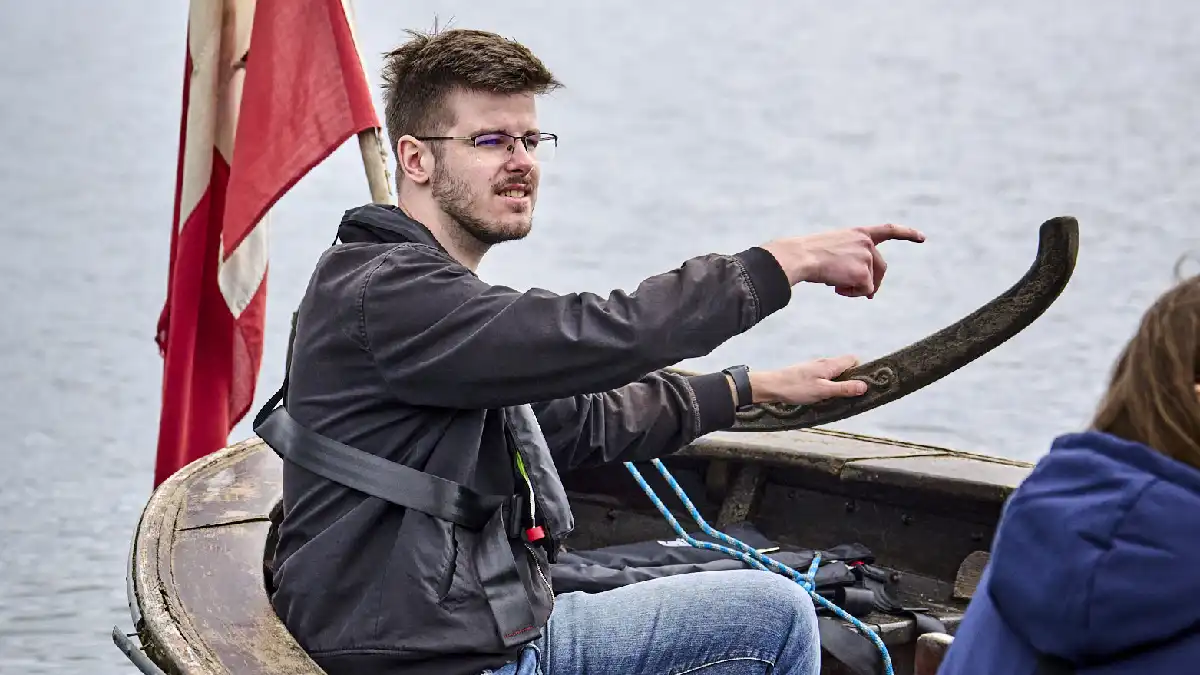
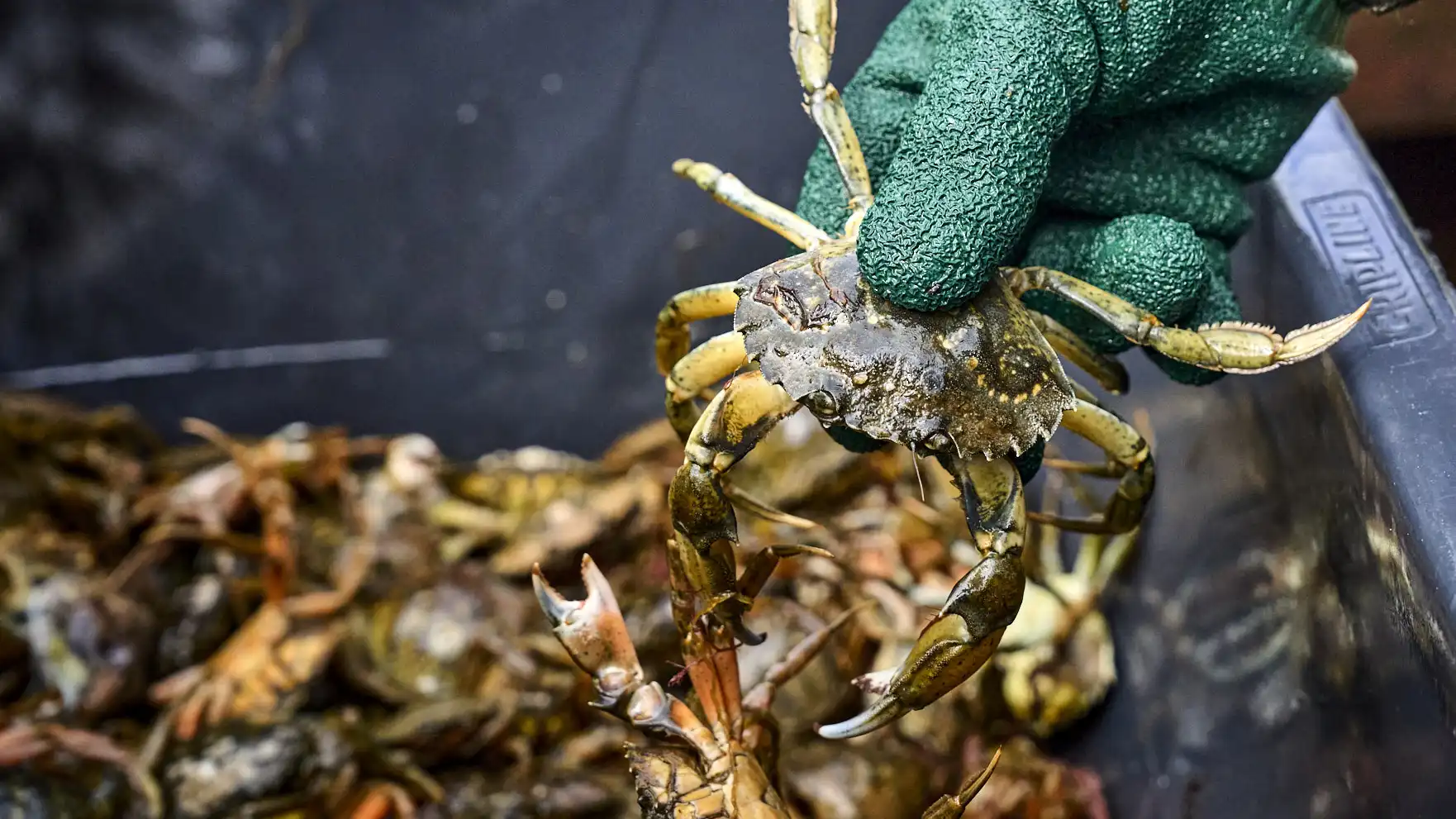
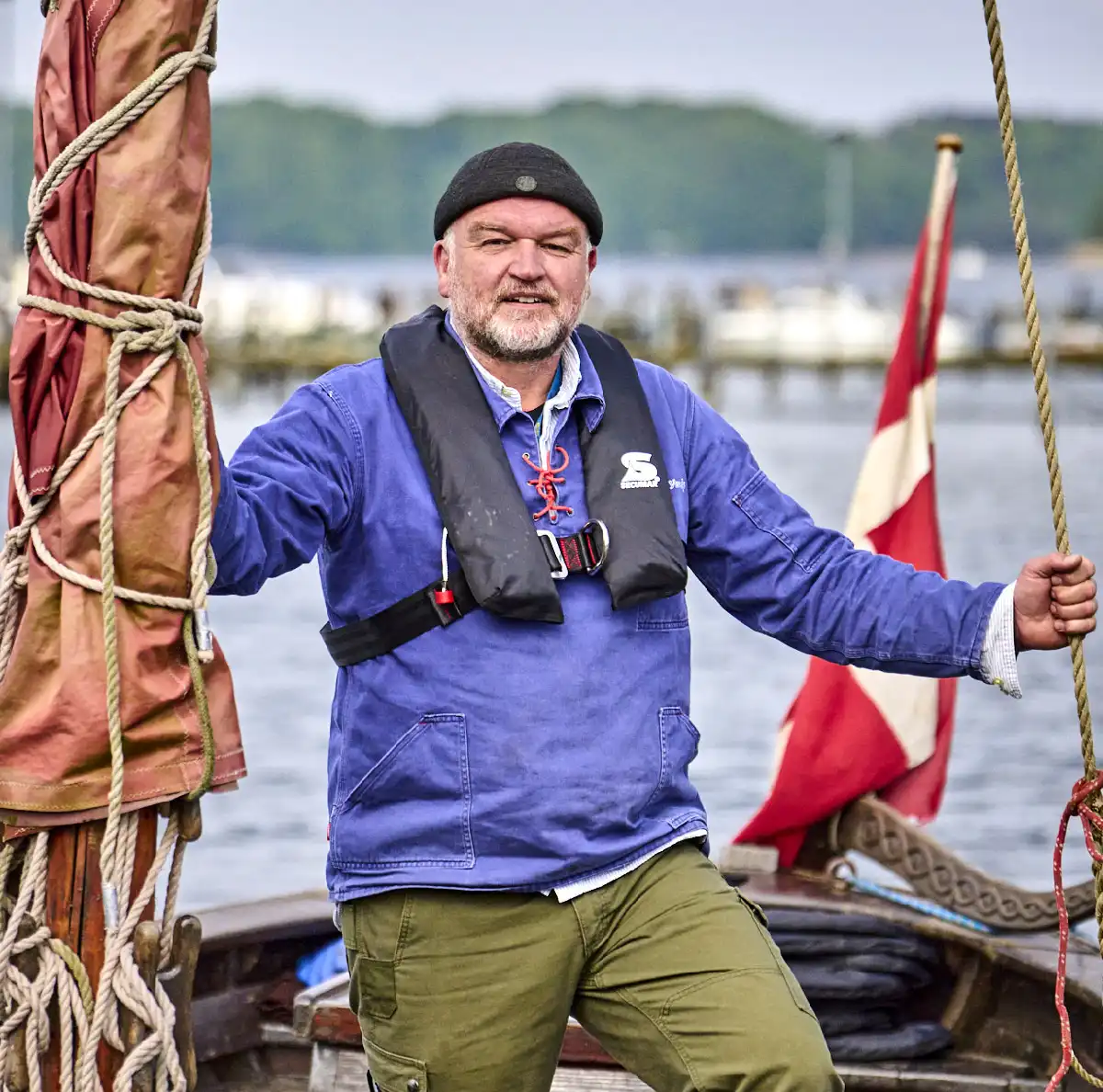
Meet Mads
Mads Brodersen is a nature guide and owner of Vends Motorik- og Naturskole. Mads works as a consultant and teacher in both motor skills training and the outdoor area. Mads has made play and joy of life the guiding principles of his work.
Mads is a trained Nature Guide, Motorikvejleder, PD in Youth Education, Playground Inspector, Carpenter, Sailor and Master in Outdoor Education. He has a broad experience in special, social and general pedagogy, and more than 25 years of experience in pedagogy in nature. He has worn his children's hiking boots in Nature Park Lillebælt.
Mads is an experienced skipper who likes to share his many exciting stories about the nature and culture in and around Lillebælt.
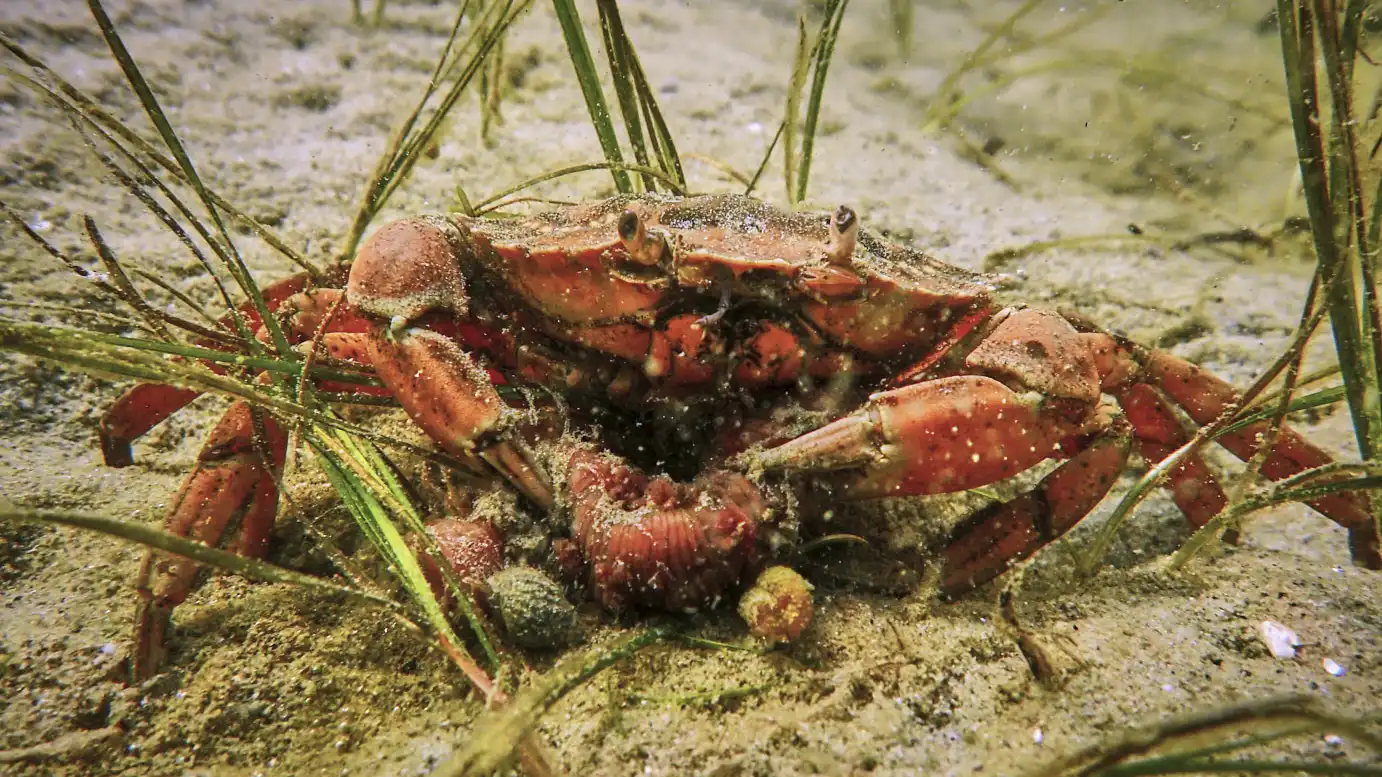
The crab is a fun and fascinating creature.
The crab has a very special ability to pee through channels near its eyes. It can also breathe through gills, even on land, by oxygenating the water it carries in its shell. This enables it to survive for up to three days without access to water as long as the environment is shaded. Conversely, it can drown in stagnant water with too little oxygen, for example in a beach bucket with many crabs.
The crab has a hard shell that acts as their skeleton. As it grows, it sheds its shell - as many as 17 times in the first year of life and once a year thereafter. During shedding, it can recover lost legs or claws, enabling it to live on despite injuries.
The crab is an incredible creature with adaptation skills that make it a unique survivor, which is why there are so many of them in Lillebælt.
Unfortunately, the many crabs contribute to the imbalance we are experiencing in the Little Belt. The crabs eat most things and can almost vacuum the entire seabed for life. Among other things, they eat fish eggs and the food that fish would otherwise eat. They take small mussels. They devour all sorts of organisms right down to newly sprouted eelgrass leaves.
One of the reasons why there are too many crabs in the Little Belt is because there are too few cod.
As cod has always been a popular and healthy food fish, it has unfortunately been overfished to the point where cod stocks are no longer sustainable.
One of the cod's main food sources is crabs, but when the crab has no cod enemies, the crab population explodes.
Not only that, the crabs eat the cod's young, so there are even fewer large cod to eat the crabs.
Unfortunately, this is a vicious cycle that keeps the ecosystem unbalanced.
Limiting the crab population is just one of several efforts that together strengthen Lillebælt
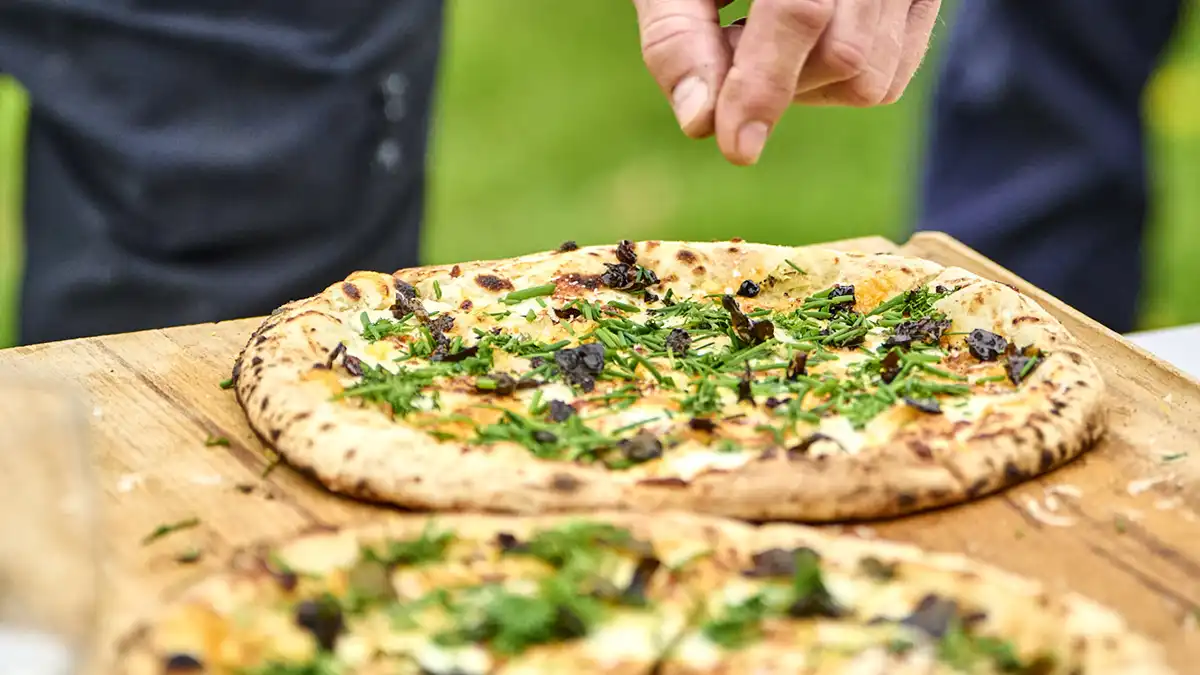
We put crab on the menu
It may sound a little wild, but eating crabs is one - tasty - way to get rid of them. You can make the ultimate crab bisque or crab pizza with fresh ingredients from Lillebælt.
Read more about crab pizza
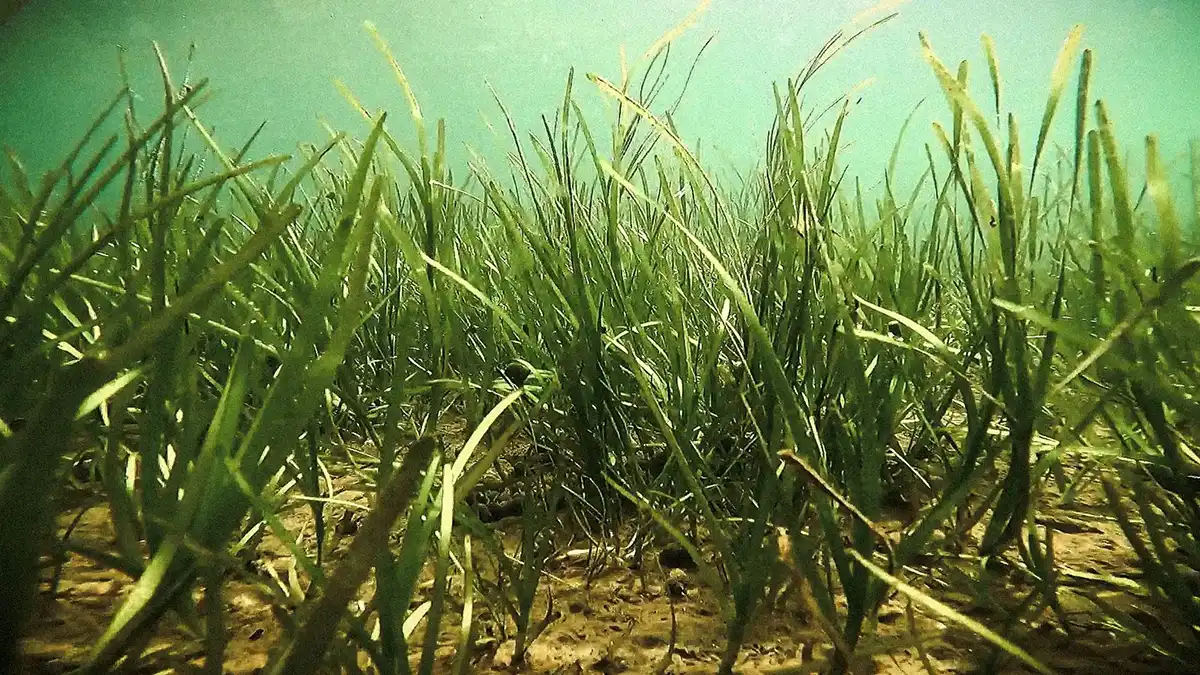
We plant eelgrass
Eelgrass is an important marine plant as it provides food, habitat and hiding places for small fish in the belt and therefore plays a crucial role in marine biodiversity.
Read more about planting eelgrass
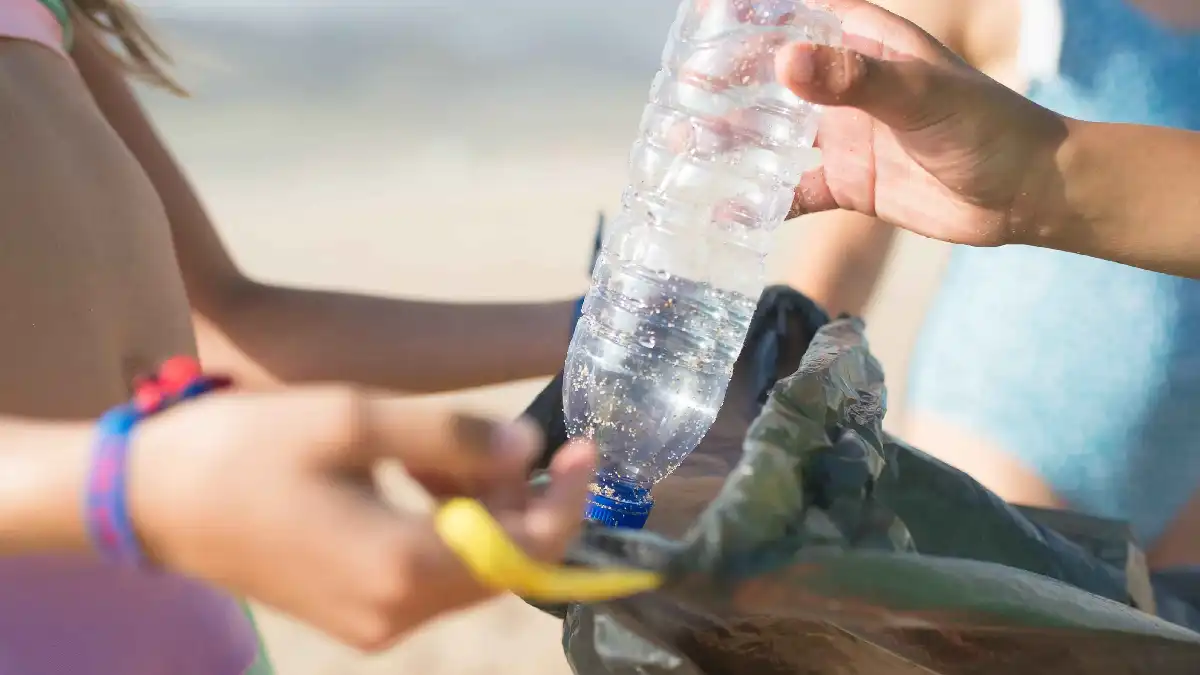
We collect marine litter
If you pick up a bag at the reception at Gl. Ålbo Camping and hand it filled with marine litter to the camping dad, you'll get a free cup of cocoa or coffee in exchange.
Learn more about collecting marine litter
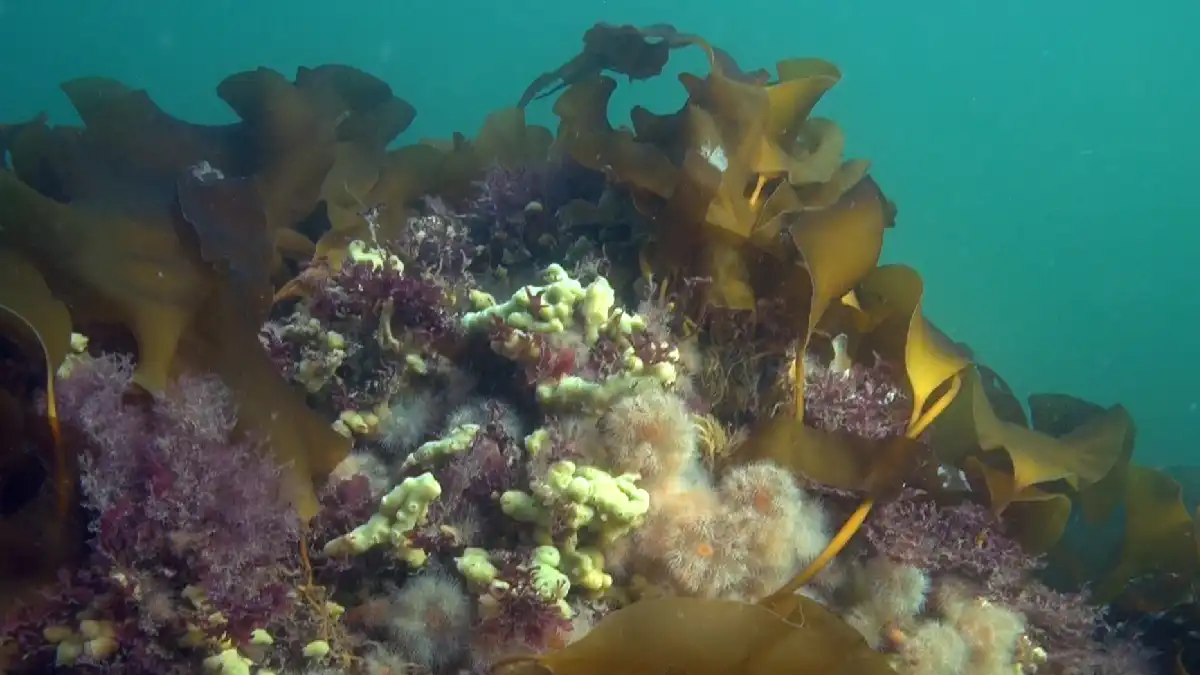
We restore stone reefs
We re-establish stone reefs to increase the survival rate of fish fry. When we put rocks back on the seabed, nature itself starts to regenerate life and the results are impressive.
Read more about stone reefs in Lillebælt
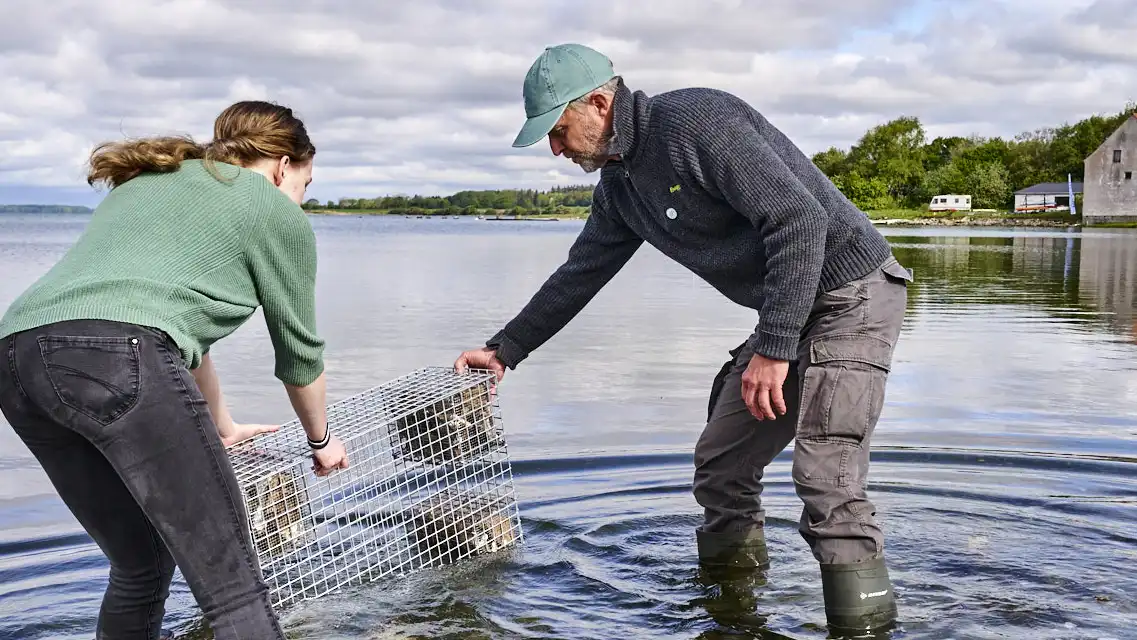
We build fish nurseries
A fish nursery contributes to greater biodiversity as the fry of different fish species can better hide from predators and crabs, increasing their chances of survival.
Read more about fish nurseries
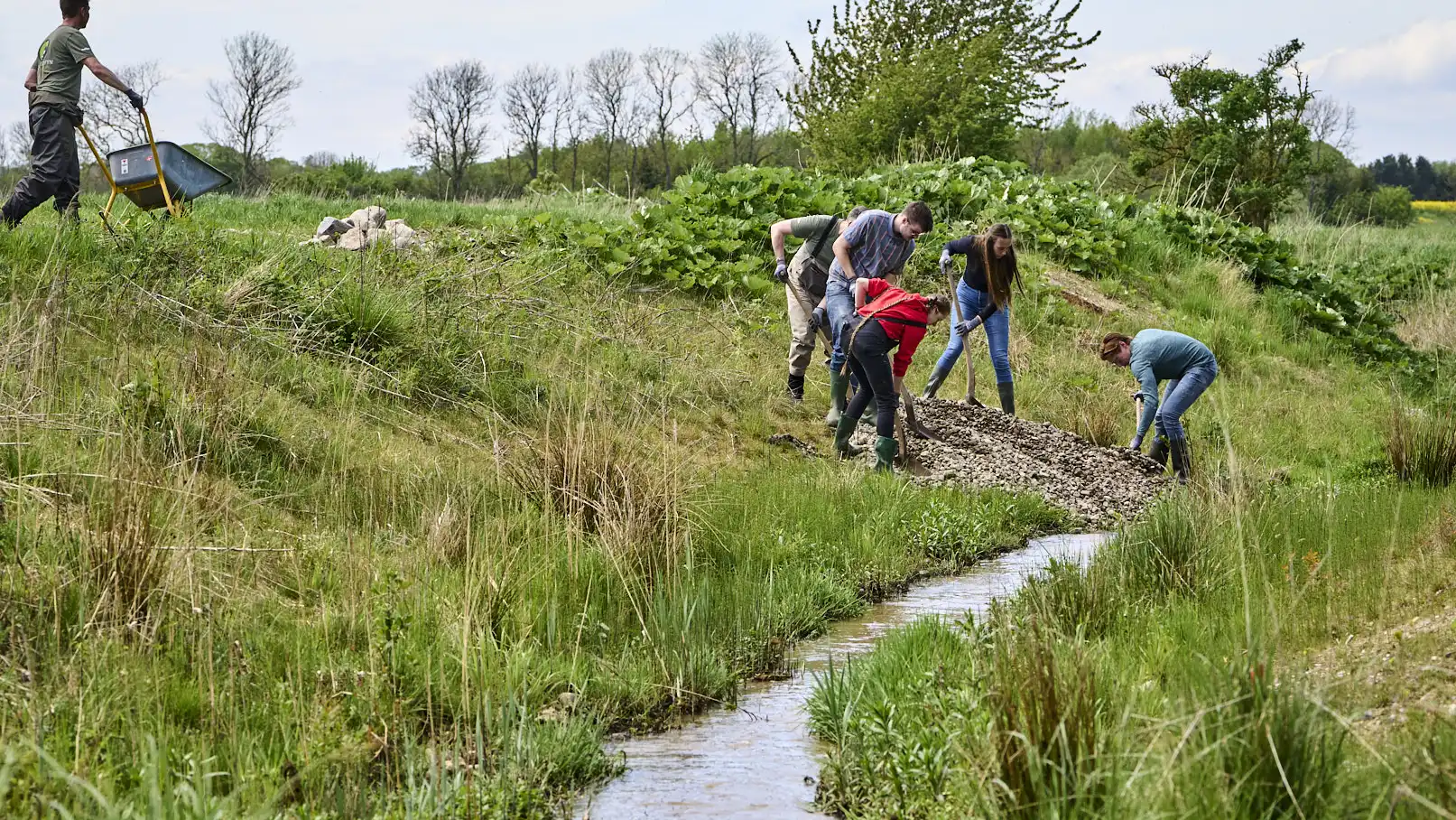
We create better spawning conditions
In collaboration with Havørred Fyn, local anglers and other nature enthusiasts, we establish spawning grounds and create the basis for new life in the river and thus more sea trout in the belt.
Read more about spawning grounds

